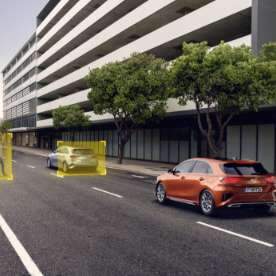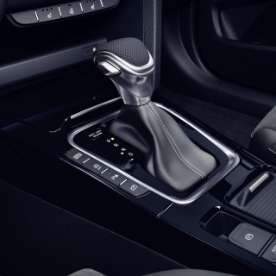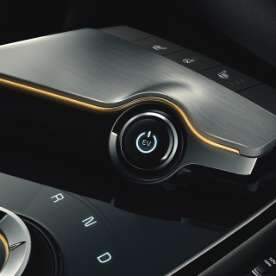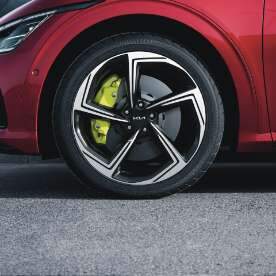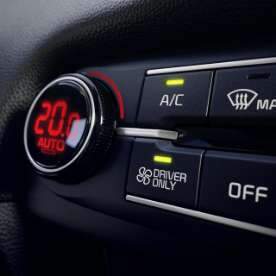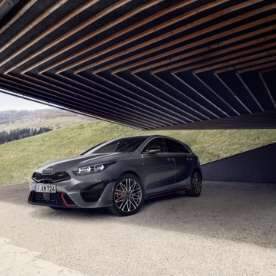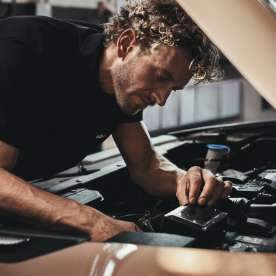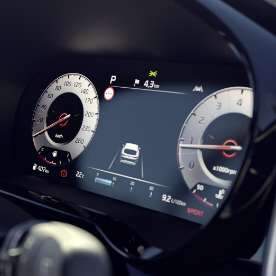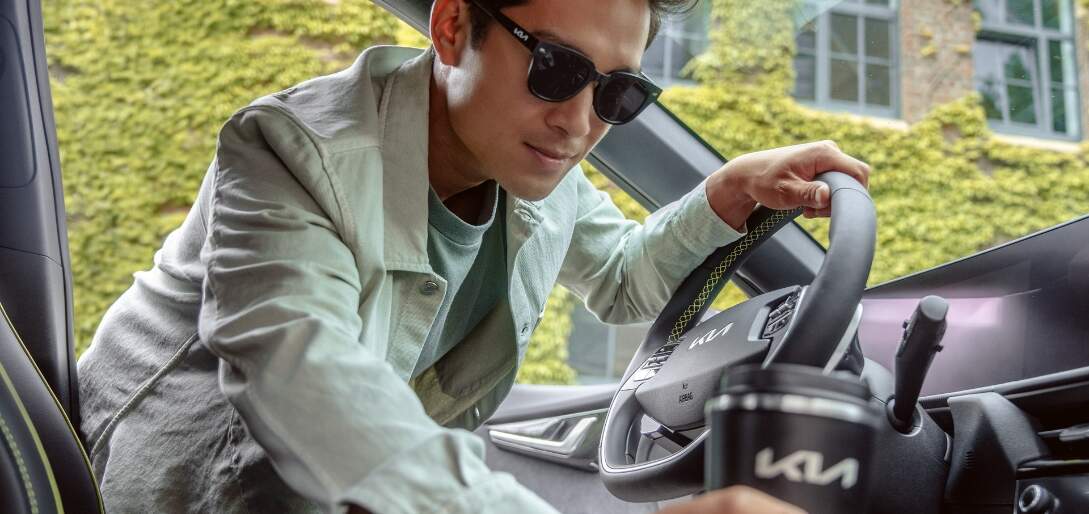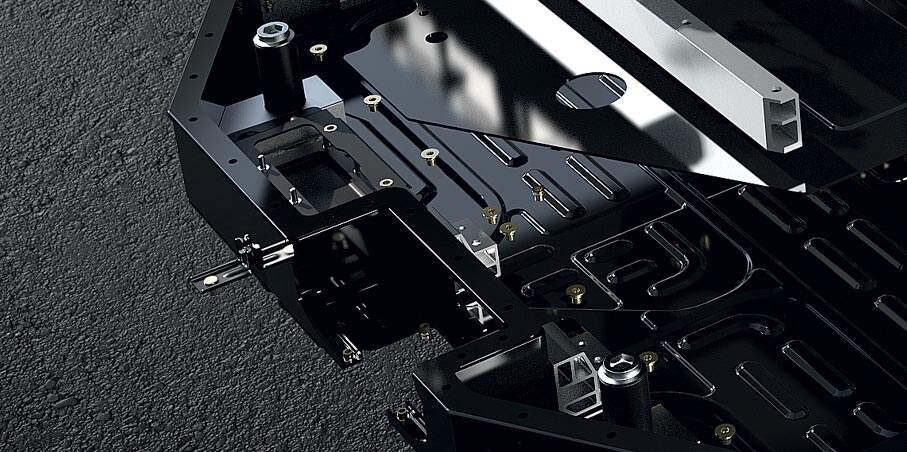Kia Responsible Approach
Kia Responsible Approach
Kia is a rising star among global car brands in terms of our ongoing efforts relating to people and the planet. For over a decade, we have emphasised a low-impact approach and are constantly evolving our electric vehicle range. This page tells you everything you need to know about Kia’s ongoing responsible approach, with information about our environmental workshops, electric and hybrid cars, and tips for driving your Kia more efficiently on the road.
-

Recycle Oil
EU rules state that industries, consumers, and garages have an essential role to play in the recovery of waste oil. At Kia, we’re constantly working to ensure all waste oils are correctly managed, to avoid contaminating the environment and reach our progressive targets.
-
Electric and Hybrid Cars
Electric and hybrid vehicles are essential to Kia's goals. More and more, we are focusing on vehicles that run on alternatives. Even if your current Kia runs on traditional fuel, our electric cars are available should you want to make the switch. You can purchase award winning electric vehicles from Kia here.
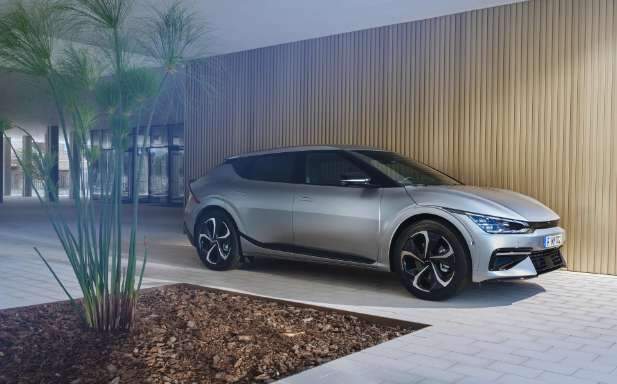
Responsibility at Kia Dealerships
In Kia dealerships and workshops, we're making significant strides in our ongoing efforts to be low-impact. We're implementing practices including:
Responsible design and build
Our workshops and dealerships turn off outside signage at night, construct wall greening, and are increasing the use of low-impact furniture.
Reducing carbon emissions
Our business vehicles include EVs, and we've installed electric vehicle chargers in up to 20% of our parking spaces.
Tackling energy consumption
Upwards of 50% of our lighting is LED, which has a lower energy consumption than traditional incandescent or fluorescent lighting.
Disposal of used oil
Together with our partners, our workshops and dealerships will safely take care of your used oil in line with local regulations.
How to Boost Your Fuel Efficiency
There are a range of things you can do on the road to boost your fuel efficiency. We have put together some useful advice for a drive that could also save you some money in the long run. Follow these straightforward driving tips every time you set off in your Kia.
Relevant Kia Collection Items
If you're committed to a low-impact approach and ongoing responsibility towards people and the planet, the Kia Collection of merch is packed with options. From organic cotton tees and caps made with recycled plastics to insulated water bottles that reduce single-use plastic, explore the Kia Collection for unique branded options that reflect your values.
Utilising and Recycling Batteries
We utilise and recycle batteries to extend the lifecycle of products and reduce and prevent waste. Before recycling batteries, we have implemented several other utilisation possibilities to maximise the use of resources. Depending on the condition of the battery, these options include a partial repair, a remanufacturing process, or use in a 2nd life application outside of a car (e.g. in a battery energy storage system), before the battery is finally recycled to regain valuable raw material to be injected back into the manufacturing process.

